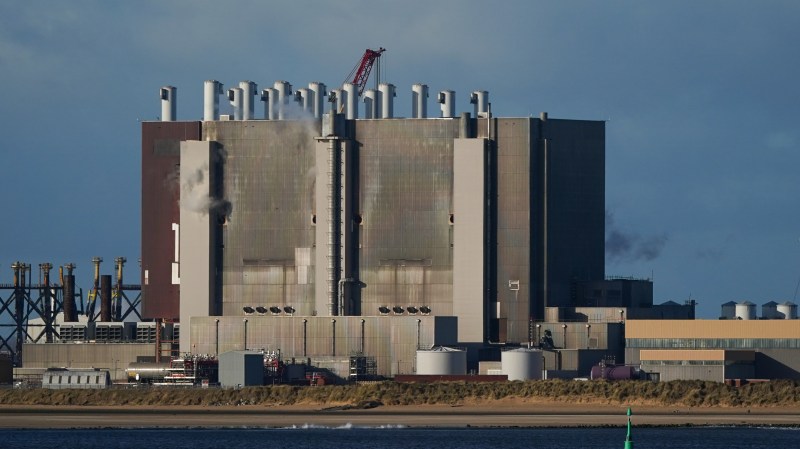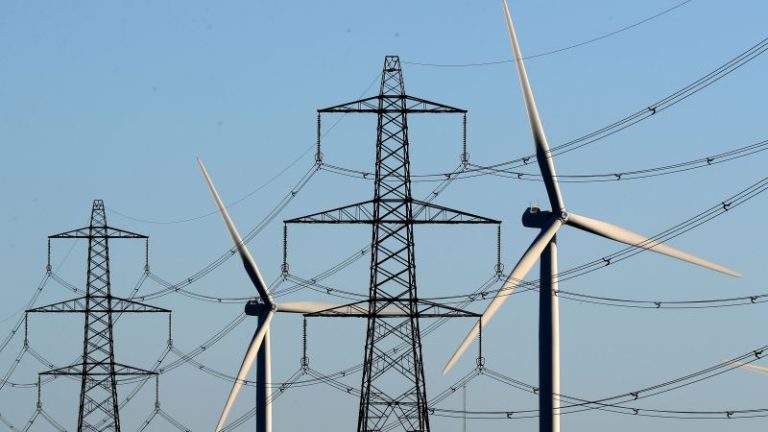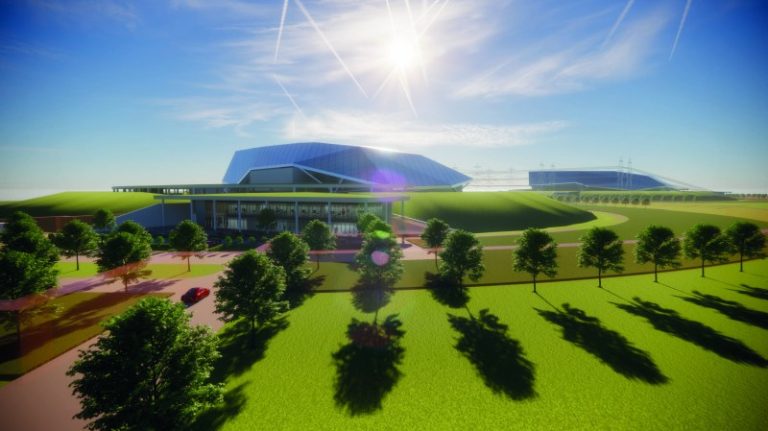Planned closure of four nuclear power plants in UK may be delayed
British nuclear power generators earmarked for closure could have their lives extended to help balance more intermittent renewable energy sources.
EDF, the French state-controlled energy group, which operates all of Britain’s five remaining nuclear power plants, is considering keeping four generators open for longer.
Heysham 1 power station, in Lancashire, and Hartlepool, in Teesside, are scheduled to run until 2026 and the Torness site, near Edinburgh, and Heysham 2, near Lancaster, are due to keep generating until 2028.
A decision on the investment will be made by the end of the year and would be in addition to the £1.3 billion EDF expects to plough into its nuclear fleet over the next three years. It is also considering whether to extend the life of the Sizewell B power station, in Suffolk, which is scheduled to stay open until 2035.
Britain generated about 20 per cent of its electricity from nuclear plants as recently as 2018 but that has declined to about 13 per cent as ageing plants have suffered safety shutdowns and have been closed. Last year nuclear plants in the UK generated 37.3 terawatt hours of energy, a level EDF plans to maintain until 2026.
EDF is also responsible for the only new nuclear power station under construction in Britain: Hinkley Point C, in Somerset. However, the project has been much-delayed and is running over budget. When the project got the go-ahead in 2016, its first production of power was scheduled for 2025. That has been pushed to June 2027 at the earliest.
The cost of building Hinkley was also revised upwards to £32.7 billion, beyond an estimate of £18 billion at the time the group submitted development plans to the planning inspectorate. EDF is building the plant with China General Nuclear Power Group, which has a 33.5 per cent stake in the project, but the Chinese company’s liability is capped at £6 billion.
Mark Hartley, managing director of EDF’s nuclear operations business, said: “Looking ahead, our aim is to maintain output from the four [advanced gas-cooled reactor] stations for as long as possible and extend Sizewell B by a further 20 years, out to 2055. Maximising output also helps preserve the critical nuclear skills and capabilities that will be valuable for future nuclear projects.”






